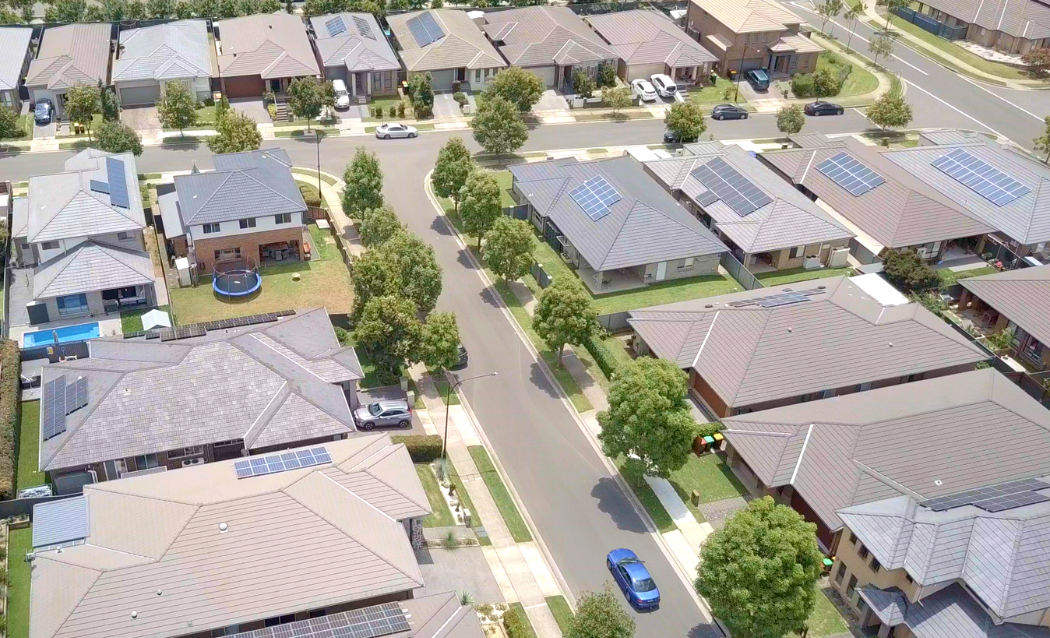Over 600 disability and community housing residents in Sydney are set to receive a boost amidst the cost of living crisis thanks to the installation of fully funded solar systems. The Community Solar Program pilot (CSP pilot) is the result of solar provider Solar Energy Enterprises and non-for-profit Community Housing Provider Blue CHP.
The CSP pilot will operate under a Power Purchase Agreement (PPA) in which residents pay for the solar power their homes use at a rate approximately 40% less than if they were completely reliant on the National Electricity Market (NEM).
In a company statement Solar Energy Enterprises described the CSP pilot as a “first of its kind solar initiative aiming to solve the energy crisis for disability and community housing residents with benefits for tenants, developers, and investors alike.” And added that while the residential solar PPA model is popular in the US, it has not been well taken up in Australia.
If the CSP pilot proves a success, it could pave the way for a much larger rollout. BlueCHP’s portfolio tops 800 houses, but the not-for-profit’s CEO Charles Northcote suggested the scope of a larger rollout could see approximately 400,000 social housing properties in Australia get access to affordable solar.
Northcote added that people with a lower socioeconomic status tend to be the people hit hardest by the cost of living crisis, particularly electricity price hikes. And without the access to capital required for the installation of solar, “they have little to no option other than to absorb the cost and look for somewhere else they can cut expenses.”
Adam Dragic, the CEO of Solar Energy Enterprises, said the initiative “has the potential to disrupt the entire social housing and energy industry.” Moreover, Dragic noted that the multifaceted benefits of this model is what “makes it so revolutionary.”
“Residents who may not have had the opportunity to access more sustainable and cheaper energy from solar do not have to find the upfront capital to pay for the solar system,” Dragic added, “developers increase the value of the homes and can offer genuine benefits for their tenants without increasing their operating costs, and investors are expected to get a return of between 7% to 8% on the initial investment.”
In the future, the partners see an opportunity to integrate virtual power sharing and battery storage into the program.
This content is protected by copyright and may not be reused. If you want to cooperate with us and would like to reuse some of our content, please contact: editors@pv-magazine.com.



